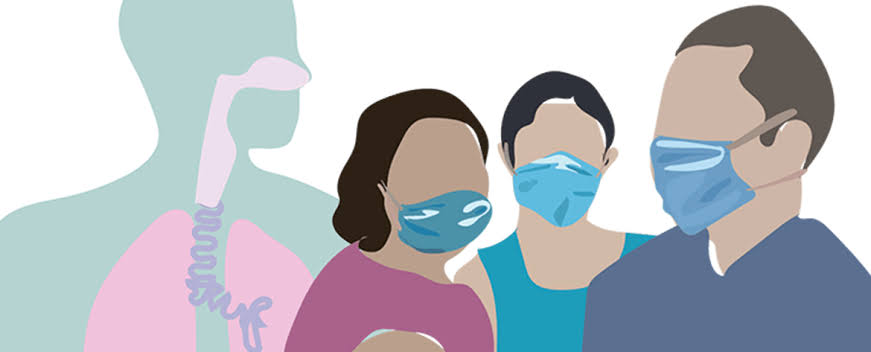The new coronavirus disease, COVID-19, has moved from epidemic to pandemic. But, what does that mean?
We broke down the difference between the two so it’s easier for you to comprehend what the two are.
What is an epidemic?
An epidemic is an outbreak of a disease that circulates rapidly and affects numerous individuals at the same time.
An outbreak occurs when there is a sudden boost in the number of cases of a disease. It commonly interprets an increase that was not foreseen. An outbreak can occur in a community, geographical area or several countries.
Epidemic is often used extensively to describe any crisis that has grown out of control. During an epidemic, the disease is actively spreading.

A few examples of epidemics include:
1. The Zika virus outbreak that occurred in 2016 and 2017. Zika is spread by mosquitoes in tropical areas and in travelers returning from those areas.
2. The Ebola outbreak that occurred in 2014 to 2016 in West Africa was the largest outbreak of the disease, the World Health Organization reports.
3. The severe acute respiratory syndrome (SARS) virus that spread in Asia beginning in 2003 was an epidemic. SARS is part of the coronavirus family of diseases.
What is a Pandemic?
A pandemic is a type of epidemic that pertains to geographic spread and describes a disease that influences a whole country or the whole world.
An epidemic becomes a pandemic when it spreads over substantial geographical areas and affects a huge percent of the nation.
In short, a pandemic is an epidemic on a national or global level.

Below are the examples of pandemics:
1. The Spanish flu (H1N1 virus) of 1918. (Fans of the “Twilight” series may recall that Edward Cullen nearly died during the Spanish influenza pandemic.)
About 500 million people were sick from the Spanish flu. A total of 50 million people or more died from it around the globe.
2. In 1968, there was a pandemic caused by an influenza A (H3N2) virus that killed a million people worldwide, encompassing 100,000 in the U.S.
There have been additional flu pandemics in the past century, including the H1N1 pandemic in 2009. Although the WHO declared openly an end to the H1N1 pandemic in August 2010, the virus still circulates seasonally during flu season.
In this global pandemic, we request you to take drastic measures when comes down to your safety and take precautions.
Stay tuned to Brandsynario for more news and updates.









































